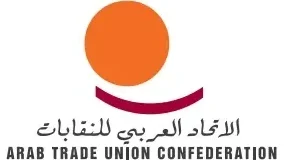يسرّنا أن نقدم هذا الدرس الذي يتناول أحد أهم ركائز العمل النقابي، وهو “التنظيم النقابي”.
فالتنظيم النقابي ليس مجرد هيكل تنظيمي أو لائحة داخلية، بل هو العمود الفقري الذي يمنح الحركة النقابية قوتها واستمراريتها، ويُجسّد قدرتها على التعبئة، والدفاع، والتفاوض، والتأثير في السياسات الاجتماعية والاقتصادية.
في ظل التحولات العميقة التي يشهدها سوق العمل، وتزايد التحديات المرتبطة بالعولمة، والرقمنة، والعمل غير المهيكل، تصبح الحاجة إلى تنظيم نقابي فعّال، ديمقراطي، وشفّاف أكثر من أي وقت مضى.
من خلال هذا الدرس، سنسعى إلى:
• فهم أهمية التنظيم النقابي في تعزيز صوت العمال والدفاع عن حقوقهم.
• التعرّف على المبادئ الأساسية لبناء تنظيم نقابي قوي وديمقراطي.
• مناقشة نماذج الهيكلة النقابية، وأدوار مختلف المستويات (الأساسية، الجهوية، الوطنية).
• استعراض تجارب ميدانية ناجحة وتحديات واقعية تواجه التنظيم.
إن الهدف من هذا الدرس ليس فقط نقل المعرفة، بل تحفيز النقاش الجماعي وتبادل التجارب، حتى نتمكن جميعًا من المساهمة في بناء نقابات أكثر فاعلية وقدرة على التأثير.
فلنبدأ معًا هذا النقاش الهام، بكل التفاعل والانفتاح.
